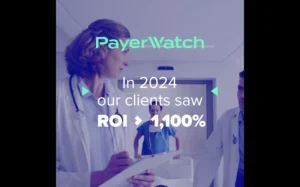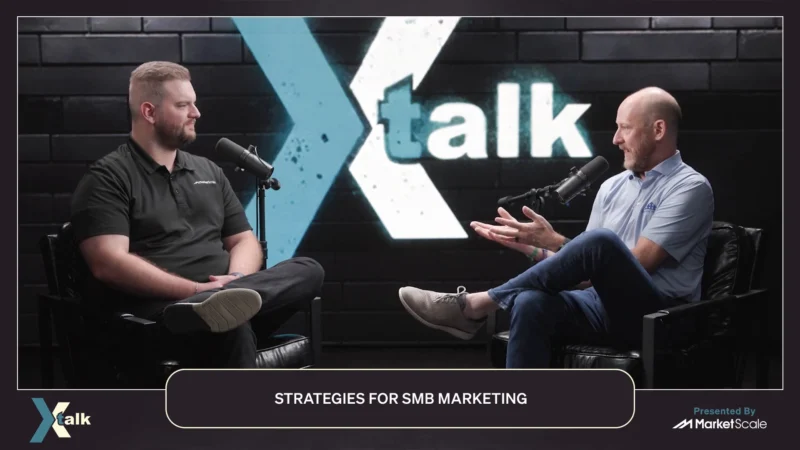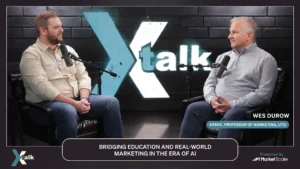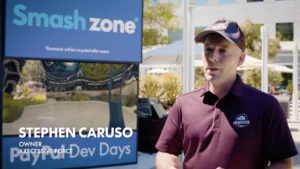IT and OT Convergence is Raising “Cultural and Political” Obstacles for Successful Teamwork
In an increasingly interconnected digital landscape, the convergence of Operational Technology (OT) and Information Technology (IT) isn’t just beneficial—it’s crucial. These two domains within software and technology have historically operated in parallel universes: OT, with its prolonged network lifespans and infrequent updates, contrasted with the dynamic and ever-evolving IT.
However, the walls that separated them are eroding. Attack vectors that target OT can infiltrate via IT systems and vice versa, demonstrating the imperative nature of unified oversight across this vast digital expanse. This merging doesn’t just pose technical challenges, but also cultural and political ones.
The ethos, methodologies, and even the very notions of success differ between IT and OT operators. Bridging this gap requires cultivating mutual understanding and, most importantly, trust. As cyber threats grow in complexity, a siloed approach becomes untenable. The emphasis should be on collaboration, with the understanding that a combined front offers a better shield against potential threats.
Don Welch, a cybersecurity expert and VP of IT and Global University at NYU, believes that we cannot ignore politics and culture while trying to reach mutual understanding. Don offers valuable insights into how to build trust and why its critical for IT professionals to do so.
Don’s Thoughts
The Challenge of Integrating OT and IT Networks
The kinds of things that have made people successful in an OT network. Do we really want them on our security team? They don’t think the way we do, those kinds of things. So you’ve got people with these different perspectives, and what you have to do is you have to build trust. These teams need to learn why others do it the way they do. I believe that a converged strategy is not only sensible but nearly essential. Attacks nowadays often transcend the boundaries of OT and IT.
Changing Dynamics and Connectivity
Traditionally, OT has existed in its own realm under facilities management. The misconception was that their networks remained isolated from the more customary IT networks. In reality, the two are more interconnected than ever, with increasing capabilities to govern our operational technology. Cultural disparities also exist between the two domains, with OT systems enduring longer in networks, receiving infrequent updates.
The Imperative of Cultural Integration and Trust-Building
A pressing issue is the cultural and political resistance to integration. Often, people are more comfortable working within their familiar environments. Building a unified strategy requires overcoming these barriers, which can be daunting. The primary goal should be to foster trust. Establishing this trust is vital for ensuring the efficient protection of merged networks. The focus should be on mutual understanding, appreciation, and collaboration, regardless of background, be it OT or IT.
Building Trust Through Understanding
To truly ensure safety and efficiency in a converged environment, we must prioritize trust-building. Understanding the perspectives of both IT and OT operators is crucial. By delving deeper into their rationales, we can establish faith in their capabilities. As trust builds, the vision of a united team becomes clearer—one that incorporates experts from both fields, comprehending the merged network and its security needs. Similar trust-building exercises, like bridging the gap between central IT and business, have been successful. It’s an ongoing journey, but one worth embarking on for the future of security.








